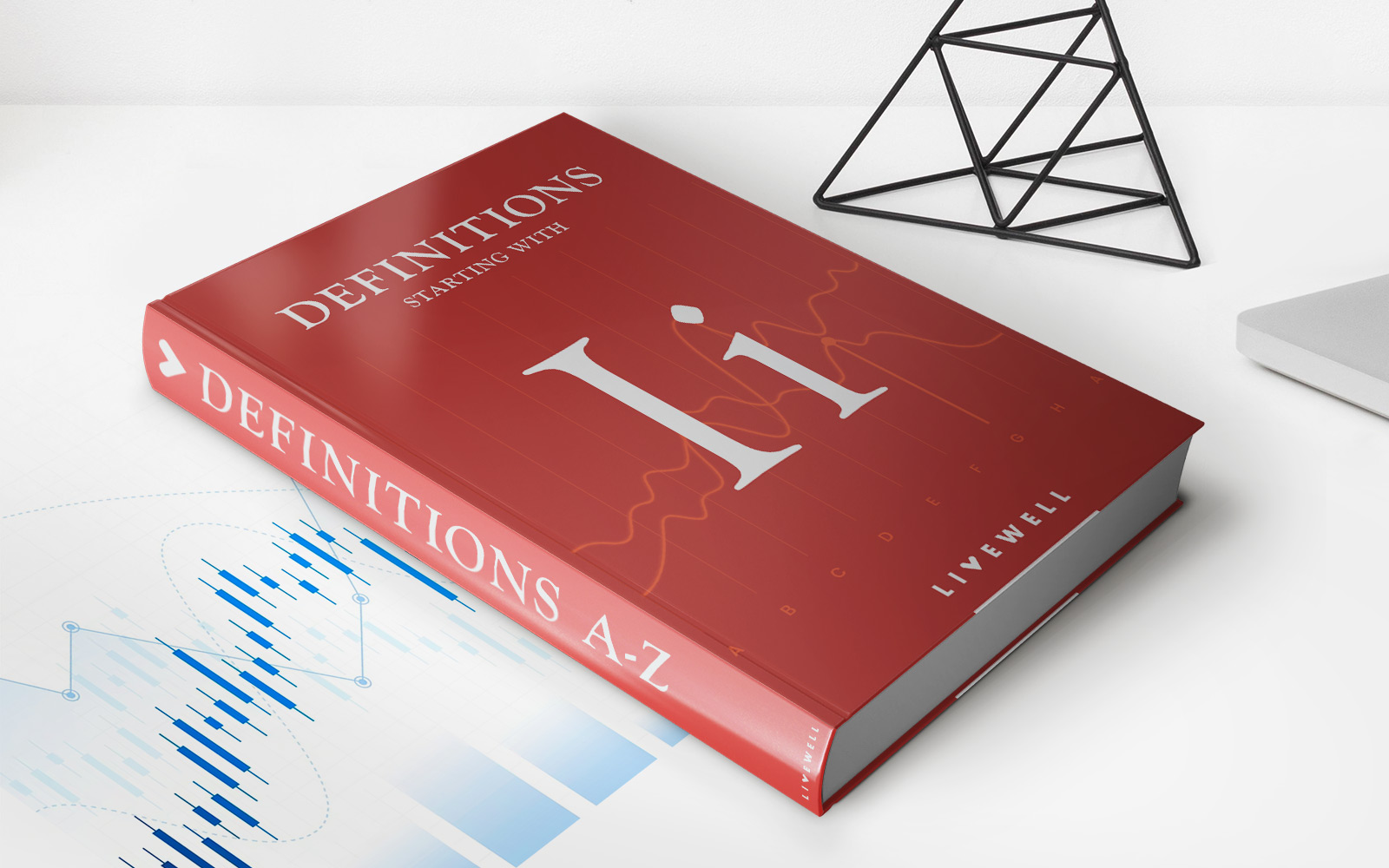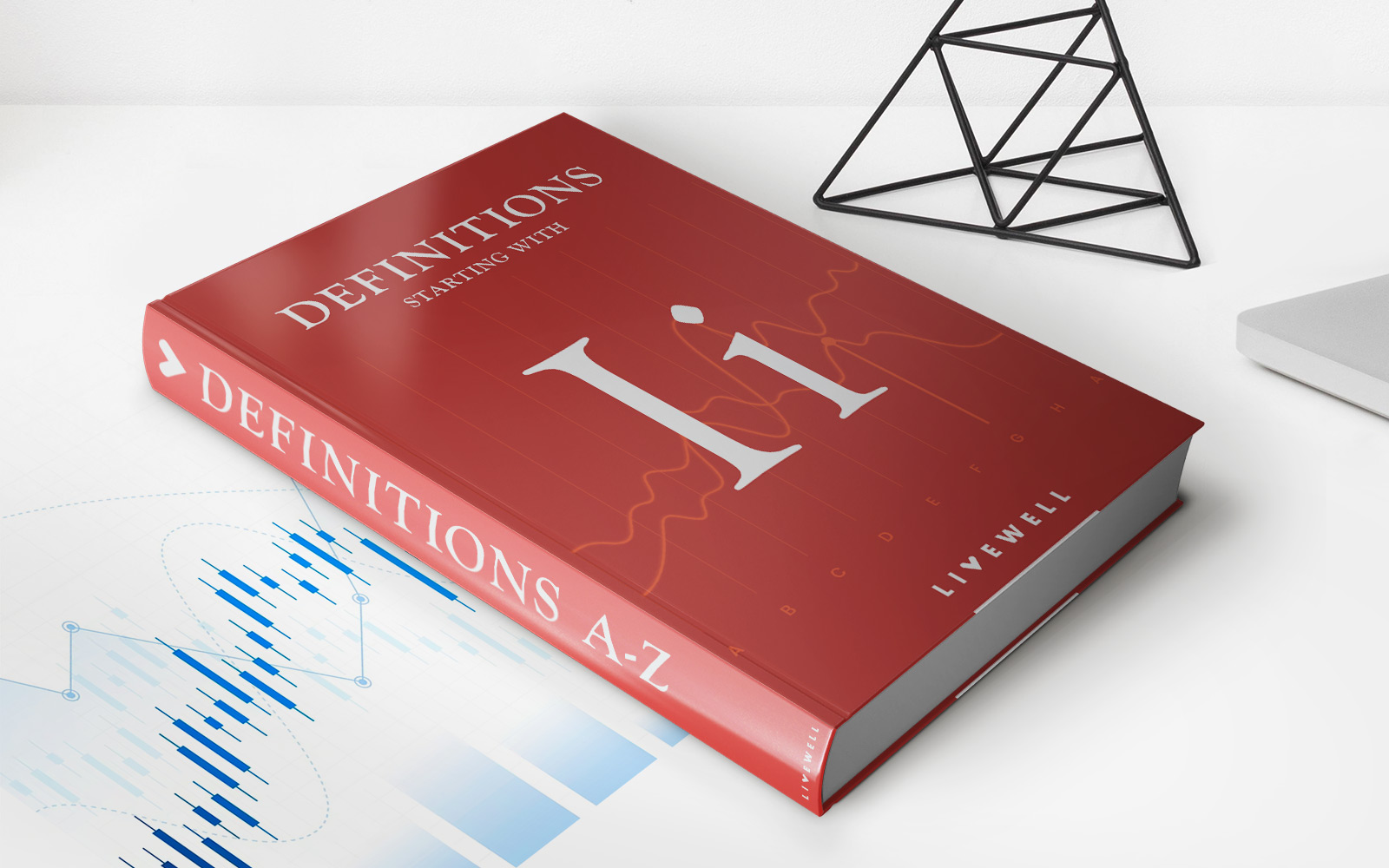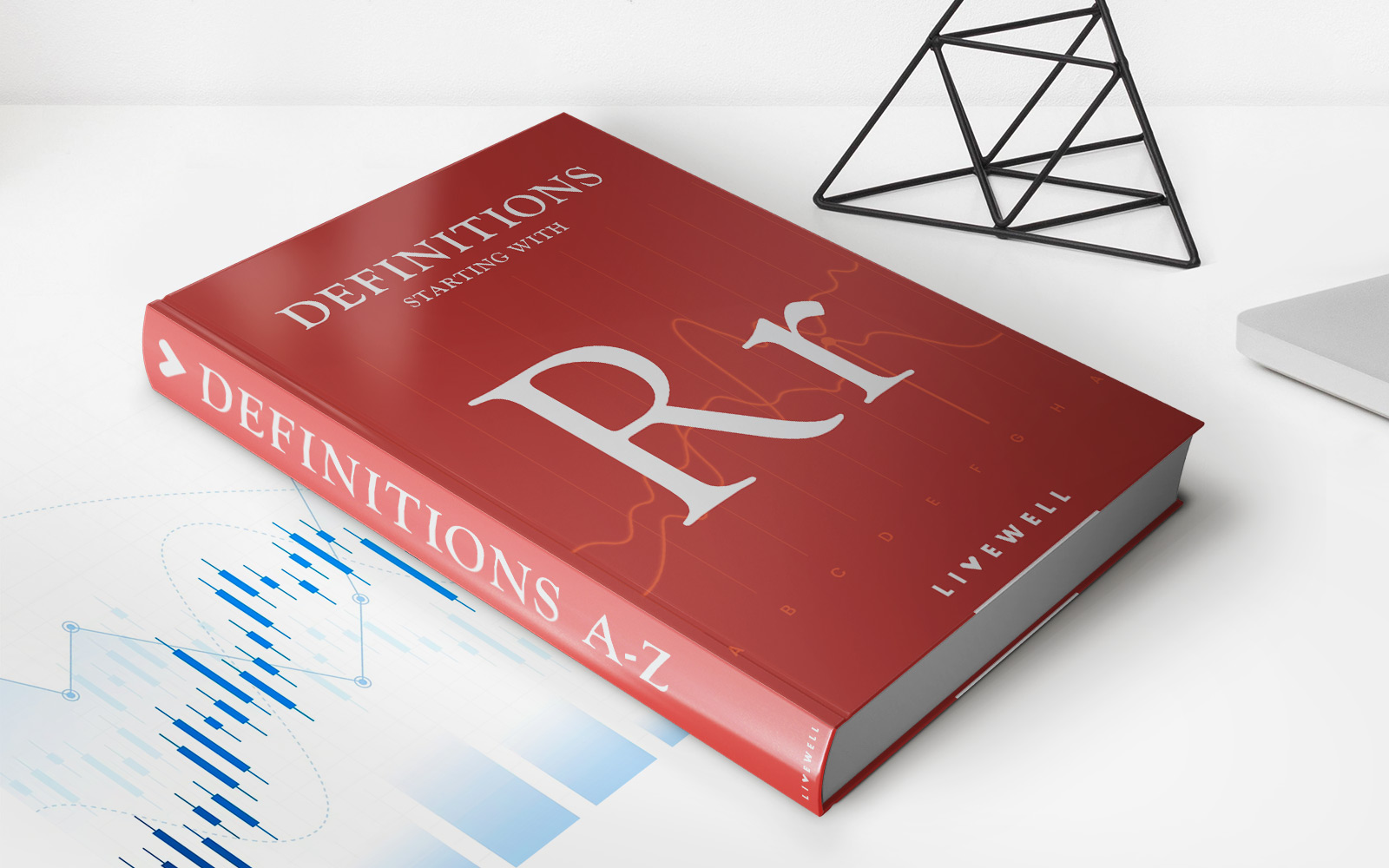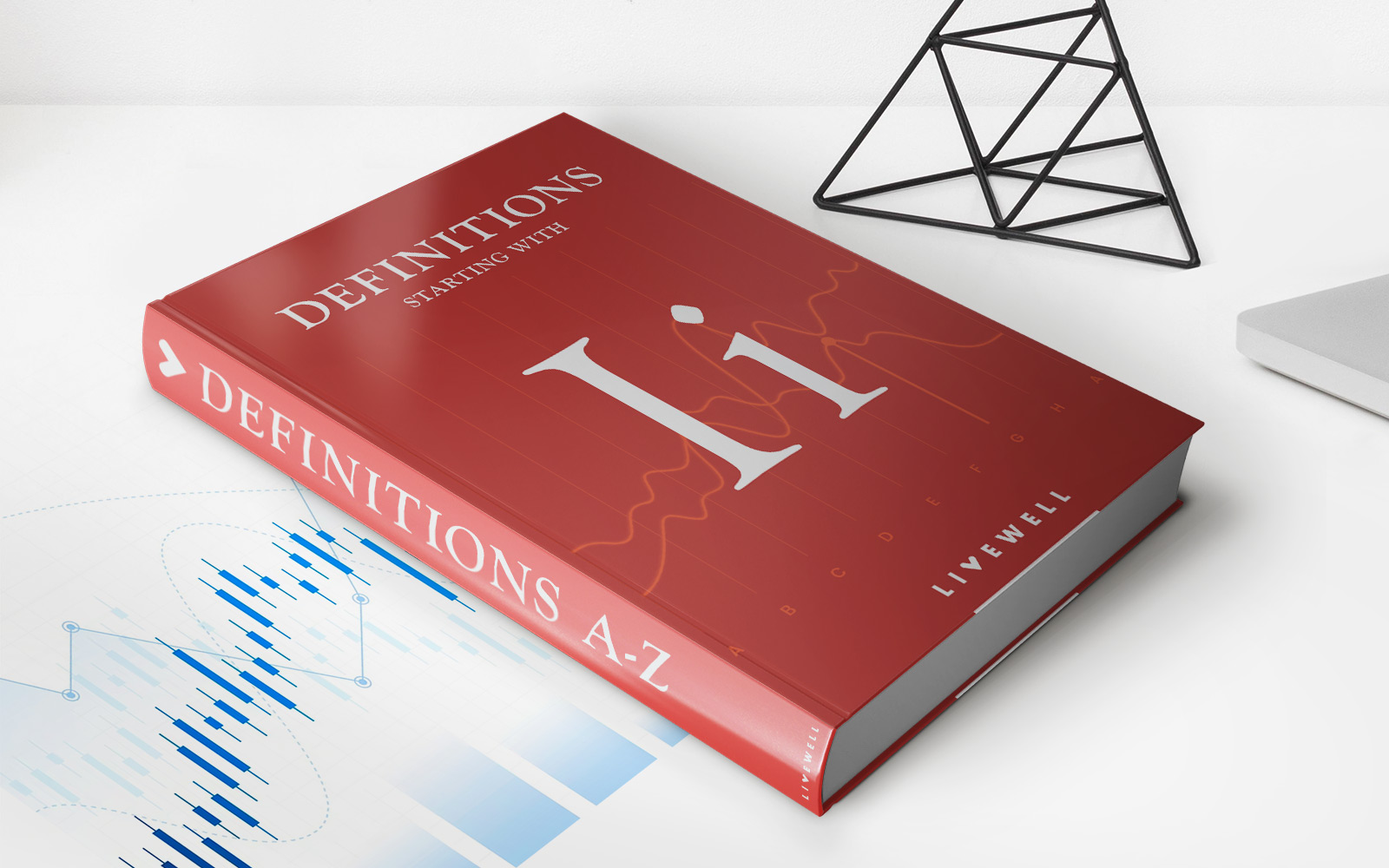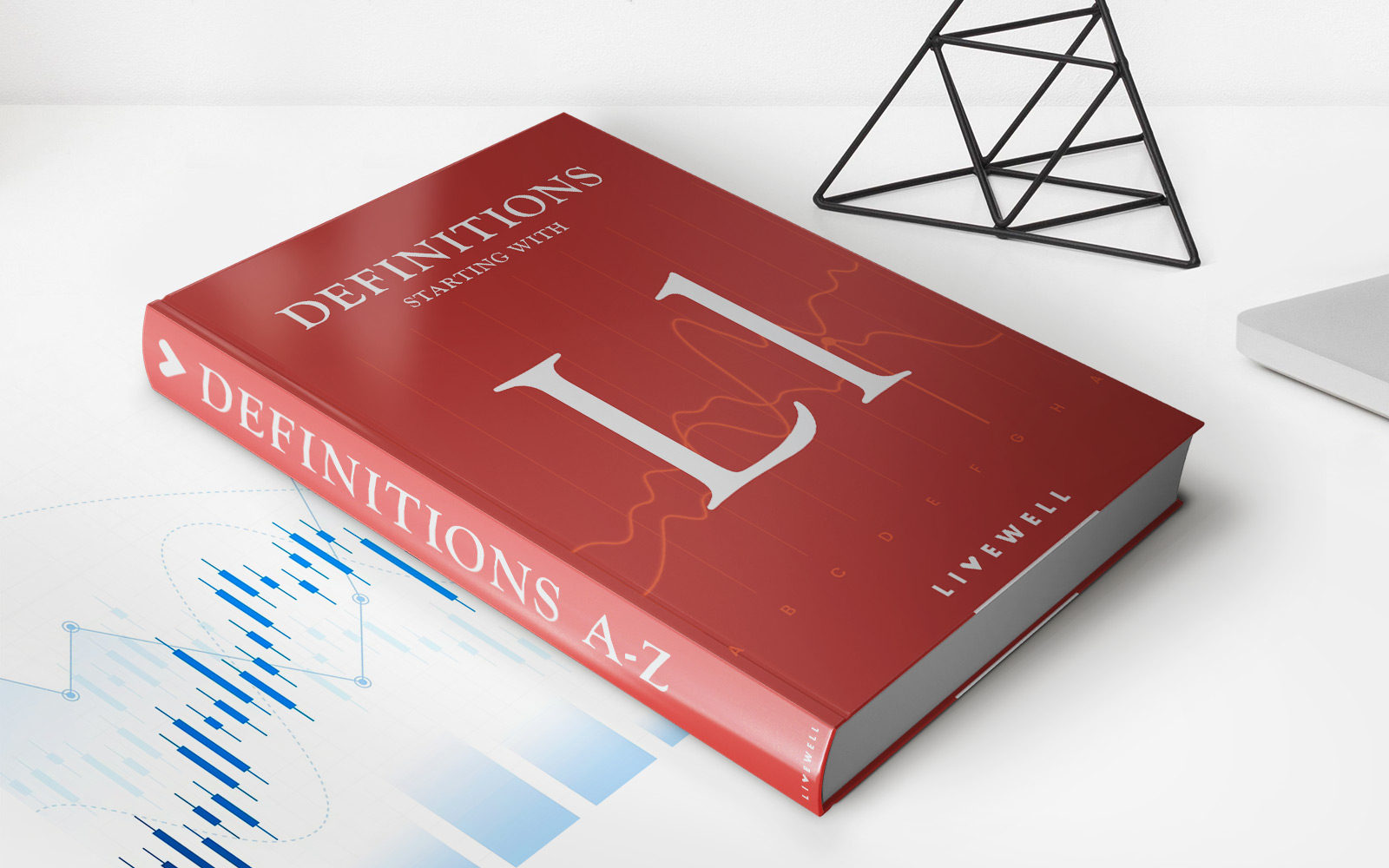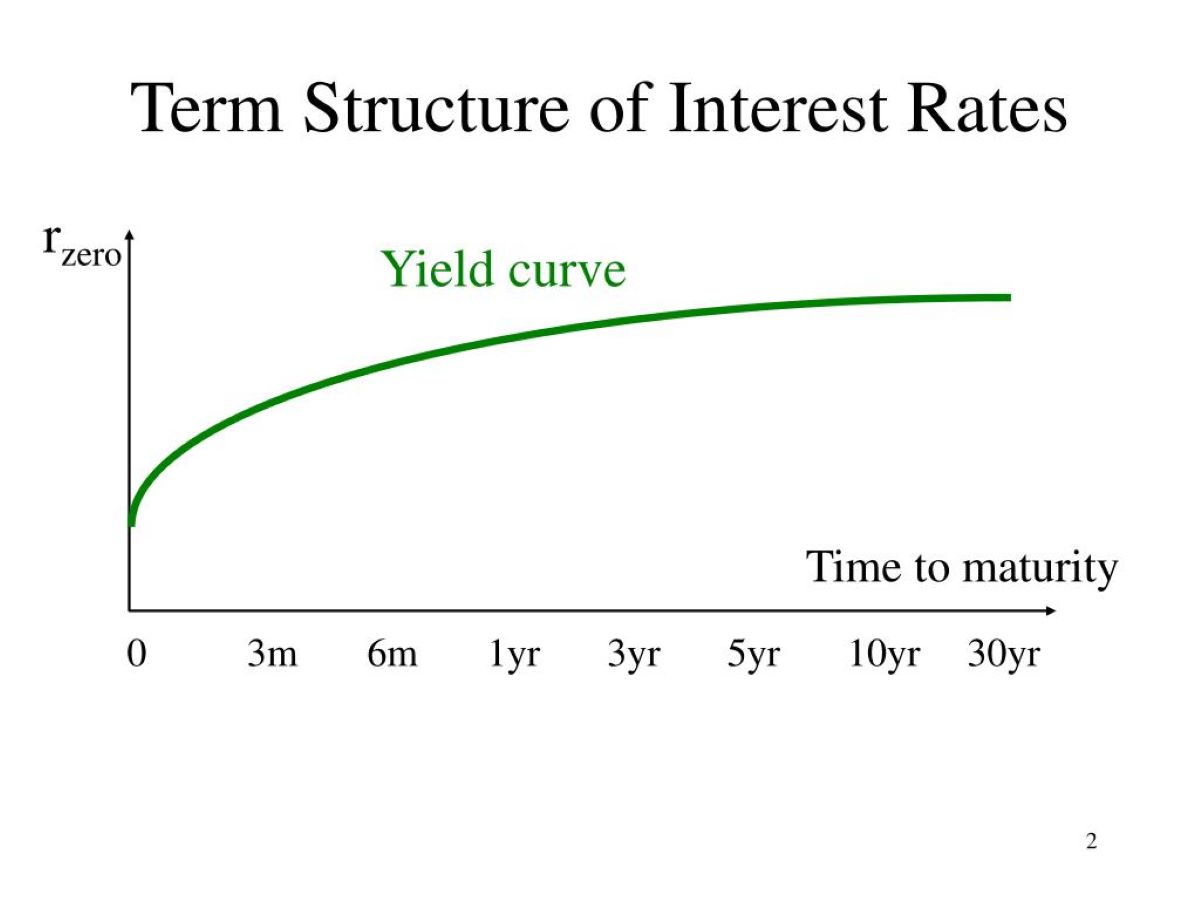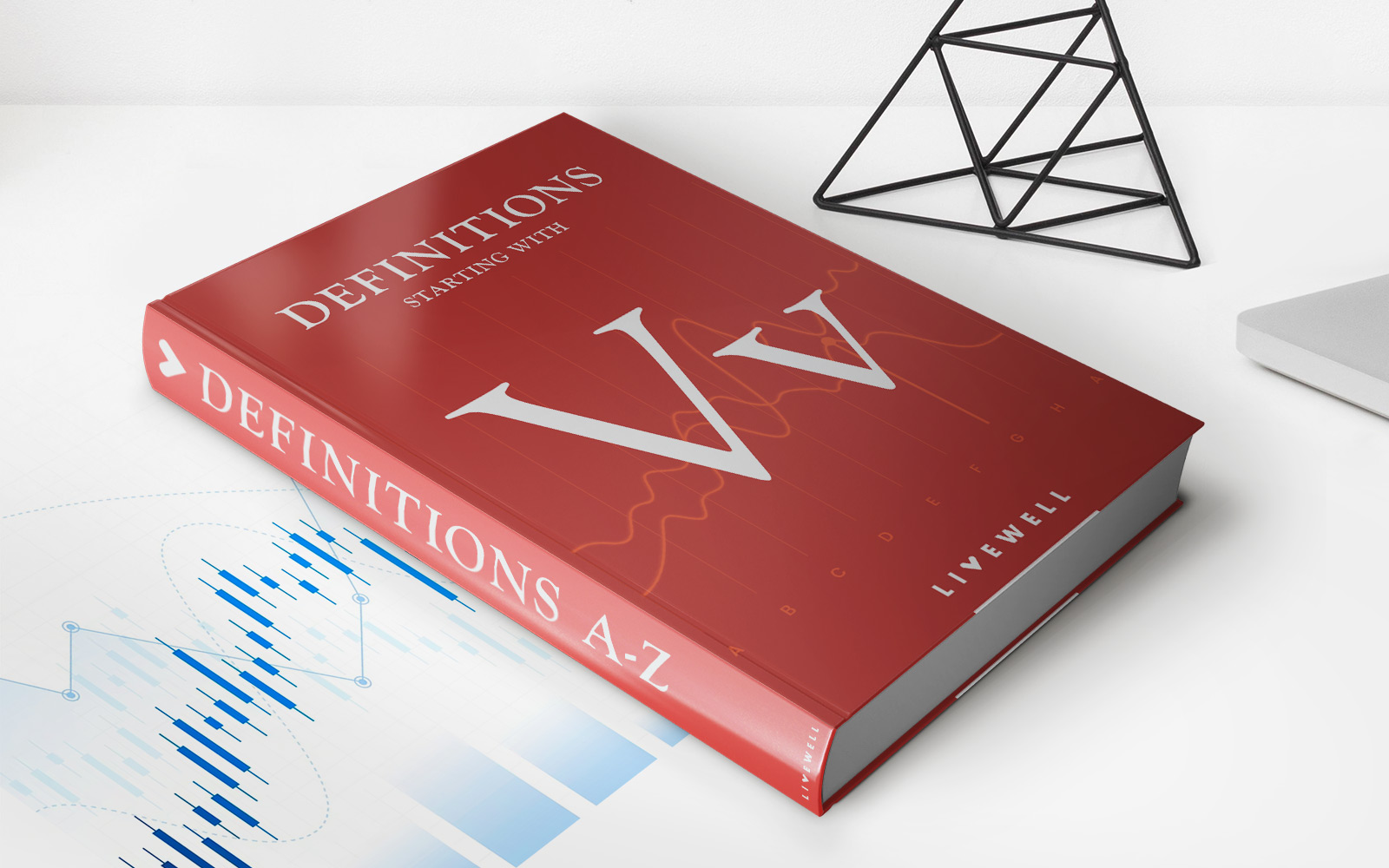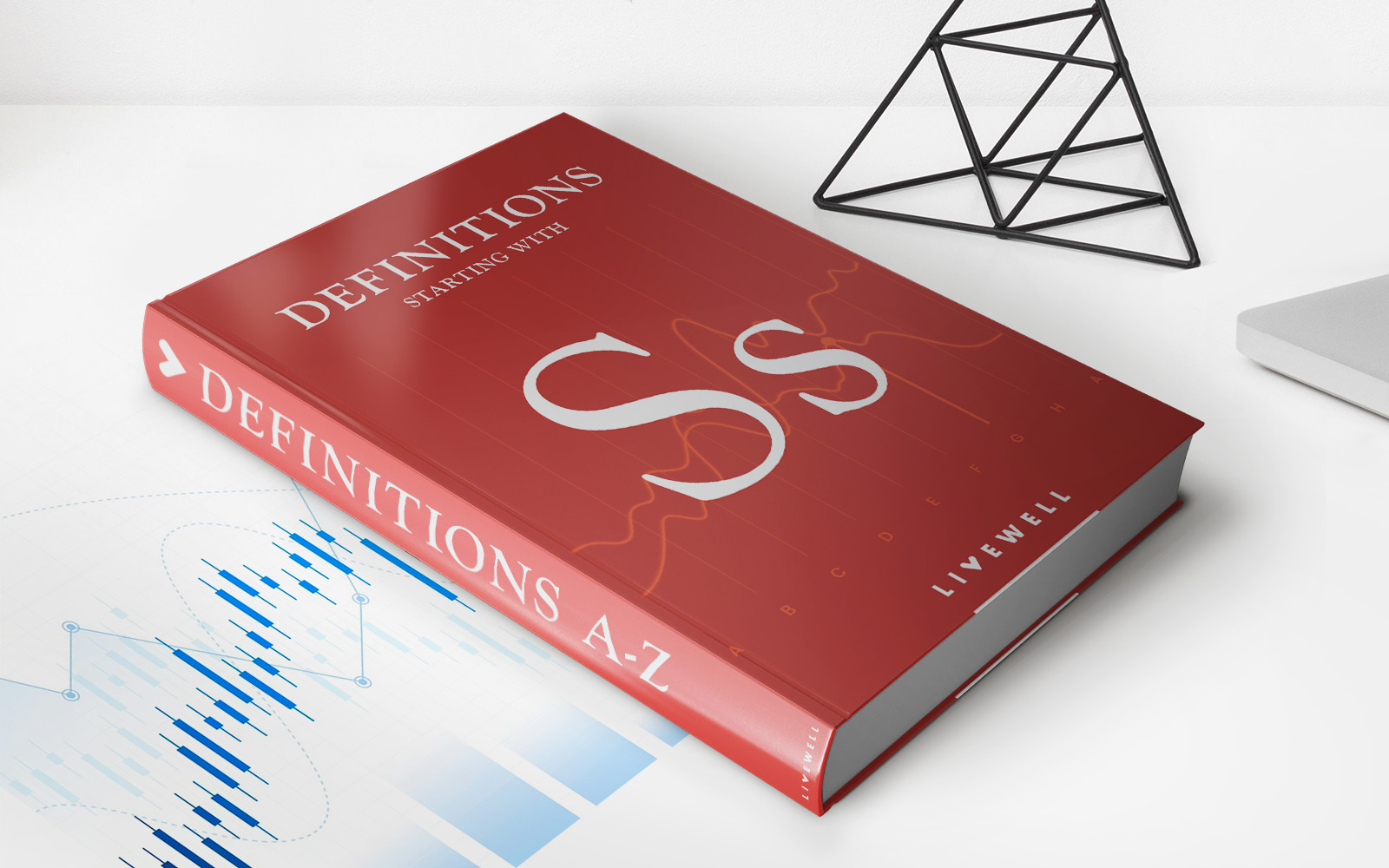Home>Finance>What Is An Interest-Rate Derivative? Definition And Examples
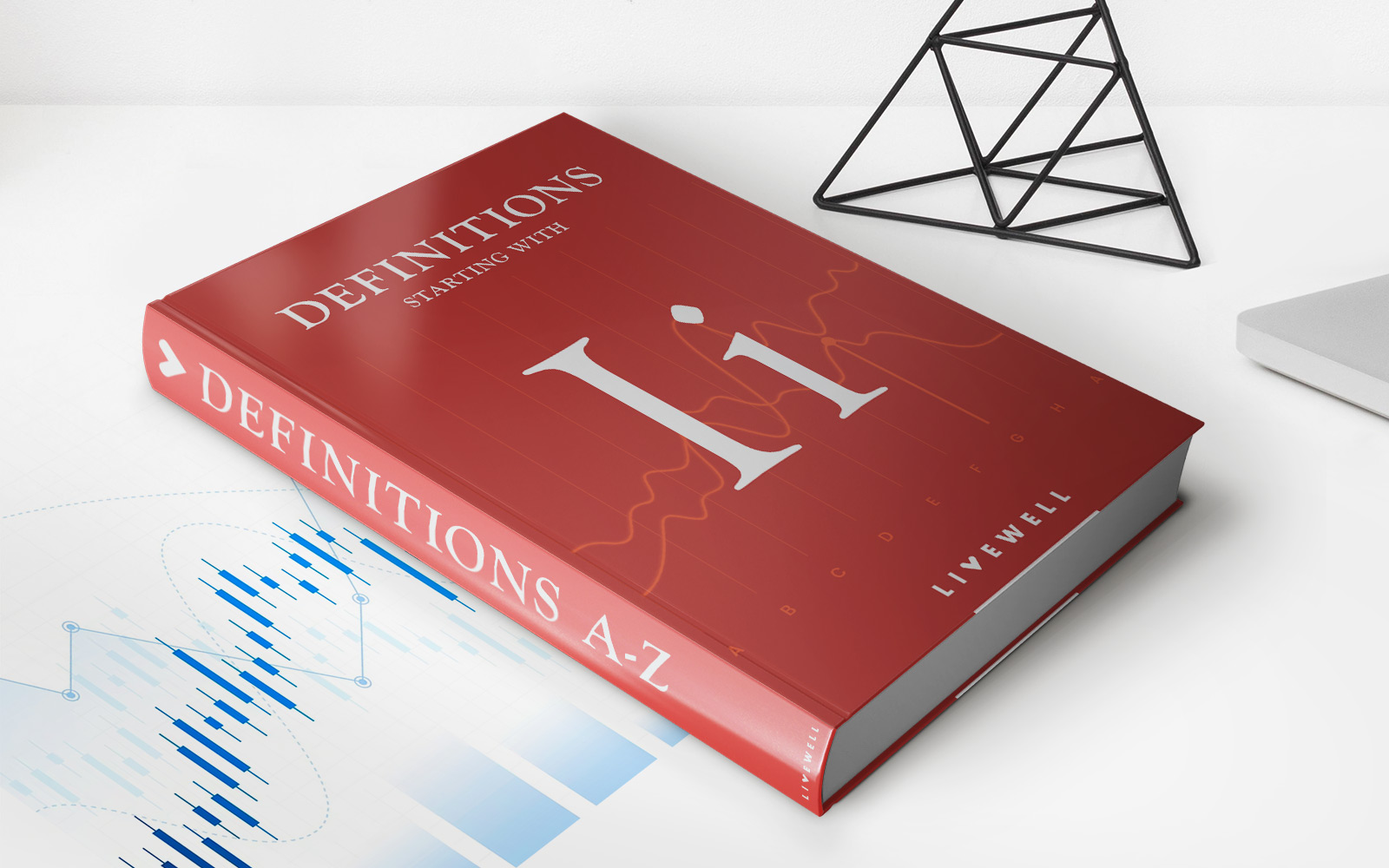

Finance
What Is An Interest-Rate Derivative? Definition And Examples
Published: December 11, 2023
Learn about interest-rate derivatives in finance with this comprehensive guide. Understand the definition, types, and examples of interest-rate derivatives to enhance your financial knowledge.
(Many of the links in this article redirect to a specific reviewed product. Your purchase of these products through affiliate links helps to generate commission for LiveWell, at no extra cost. Learn more)
Understanding Interest-Rate Derivatives and Their Significance in Financial Markets
Welcome to another insightful post in our “Finance” category! Today, we will explore the intriguing world of interest-rate derivatives. These financial instruments play a crucial role in managing interest rate risk and are widely used in various markets. If you’ve ever wondered what an interest-rate derivative is and how it works, you’re in the right place!
Key Takeaways:
- Interest-rate derivatives are financial instruments that derive their value from the movement of interest rates.
- They help investors and businesses manage interest rate risk and speculate on future interest rate movements.
Let’s dive right in and demystify interest-rate derivatives!
What are Interest-Rate Derivatives?
An interest-rate derivative is a financial contract whose value depends on the movement of interest rates. In simpler terms, it is a tool used by investors and businesses to manage and mitigate their exposure to fluctuations in interest rates. These derivatives provide a way to hedge against potential losses or take advantage of anticipated interest rate movements.
Interest-rate derivatives come in various forms, such as interest-rate swaps, futures, options, and caps/floors. Each of these derivatives serves a different purpose and offers unique benefits to market participants.
How Do Interest-Rate Derivatives Work?
Now that we understand what interest-rate derivatives are, let’s explore how they work. Here’s a basic example to help you grasp the concept:
Imagine a company that has borrowed a substantial amount of money with a variable interest rate. To protect themselves from future interest rate hikes, the company decides to enter into an interest-rate swap contract with a bank.
In this interest-rate swap, the company agrees to pay a fixed interest rate to the bank, while the bank agrees to pay the company a variable interest rate based on a reference rate such as LIBOR (London Interbank Offered Rate). This way, the company can effectively convert its variable-rate debt into a fixed-rate obligation.
By engaging in such a swap, the company eliminates the uncertainty of changing interest rates, allowing it to plan its cash flow more effectively. If interest rates rise, the company will benefit from the swap as it receives a fixed payment, while the bank bears the burden of the increased interest expense. On the other hand, if interest rates fall, the company will be at a slight disadvantage as it receives a fixed payment lower than prevailing market rates.
Why are Interest-Rate Derivatives Significant?
Interest-rate derivatives play a vital role in financial markets for several reasons:
- Risk Management: Interest-rate derivatives allow investors and businesses to hedge against interest rate movements, reducing their exposure to financial risk.
- Speculation: Market participants can use interest-rate derivatives to speculate on future changes in interest rates, potentially earning substantial profits.
- Liquidity Enhancement: These derivatives enhance the liquidity and efficiency of financial markets by providing a means for investors to enter or exit positions based on their interest rate outlook.
- Interest Rate Forecasting: The pricing and trading of interest-rate derivatives provide valuable insights into market participants’ expectations of future interest rate movements.
The Bottom Line
Interest-rate derivatives are essential tools in the realm of finance. Whether used for risk management or speculation, they allow investors and businesses to navigate the uncertainties of interest rate fluctuations more effectively. By understanding these derivatives, financial market participants can make informed decisions and potentially improve their overall financial performance.
We hope you found this post helpful in demystifying interest-rate derivatives. If you have any questions or would like to learn more about a specific topic, feel free to reach out and explore our other finance-related articles. Stay tuned for more informative content in our “Finance” category!
